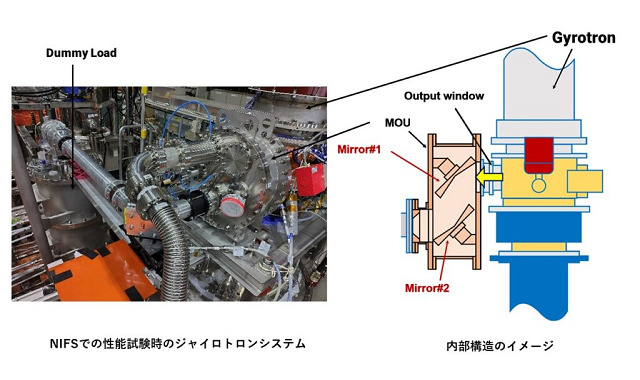
京都Fusioneering:3秒實現1MW級輸出
・35GHz低頻陀螺儀的操作
・對小型聚變反應器的開發做出了重大貢獻
我們將提供在 NEWS/KYOTOFUSIONEERING 上發表的文章摘要。
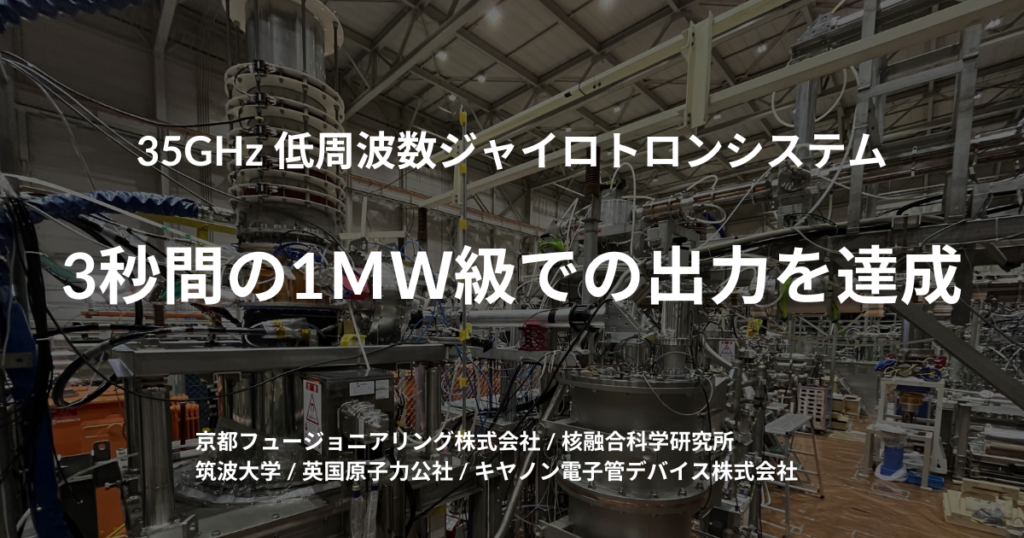
International industry-academia joint research group
Kyoto Fusioneering (KF),
National Institute for Fusion Science (NIFS),
University of Tsukuba,
UK Atomic Energy Authority (UKAEA),
canon electron tube device
At a low frequency of 35GHz, it achieved 1MW class output (930kW in dummy load measurement) for 3 seconds.
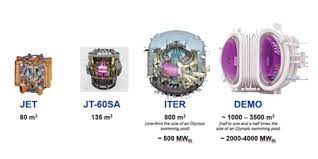
A. [Background of research and development]
Gyrotrons are being developed for the large fusion reactors ITER and JT-60SA.
Large fusion reactors have high frequencies:
Large fusion reactors use a method that resonates with the rotational frequency of electrons.
1. The mainstream of large fusion reactors is one with a high frequency of 100GHz or higher.
2. A method of heating the reactor core using the electronic cyclotron heating method.

Heating method of spherical tokamak device:
However, spherical tokamak devices (used by MAST Upgrade in the UK, etc.) cannot use the electronic cyclotron heating method due to their characteristics.
Adopting a different heating method:
This time, we decided to adopt a different heating method for the spherical tokamak device.
To ‘accelerate and heat high-density plasma electrons’ at relatively low frequencies,
Typically uses electronic Bernstein waves.
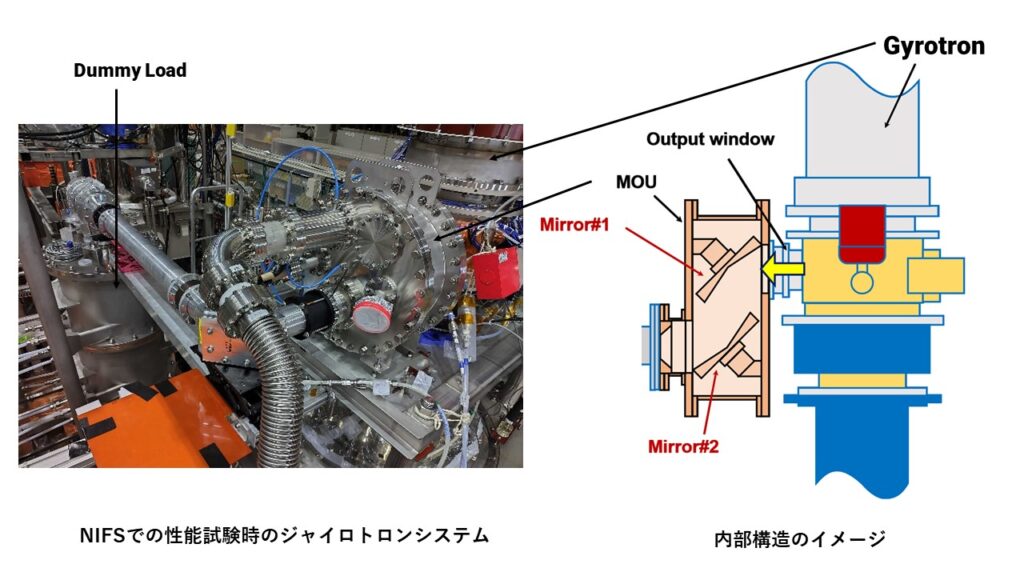
Plasma heating experiment with low frequency gyrotron:
We have created a new 1MW class low frequency gyrotron system.
One gyrotron can oscillate at 28GHz and 35GHz.
Important points in nuclear fusion reactions:
1. Beam heating induction into core plasma
It is important to guide the high-power beam from the gyrotron to the core plasma.
2. Difficulties with low frequency gyrotrons
The gyrotron’s output beam diverges more easily as the frequency decreases.
・Beam transmission to the core plasma is difficult.
・And the beam becomes more likely to discharge.
There is also the problem of needing to be careful about equipment damage.
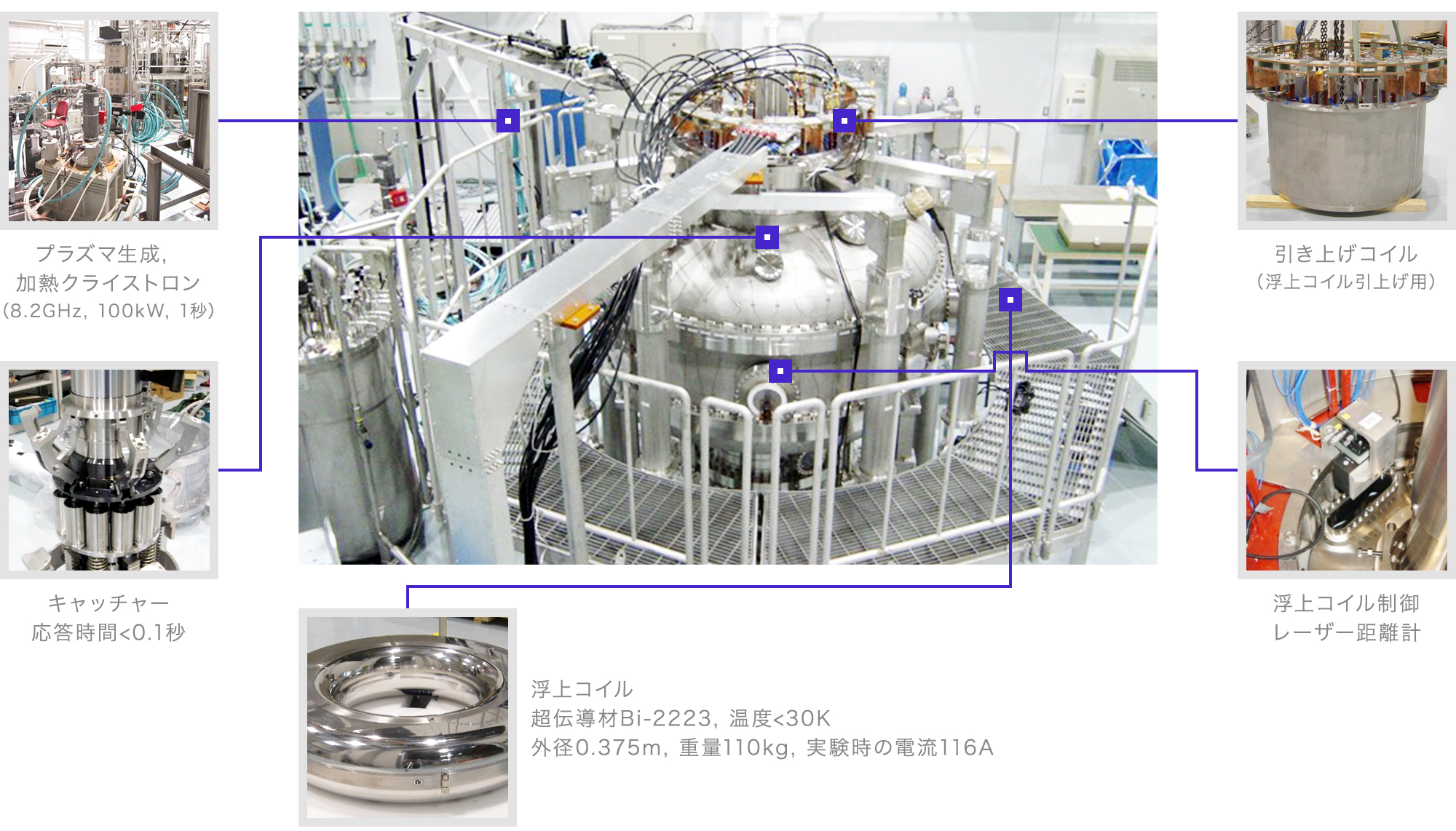
Development of low frequency gyrotron:
The joint research group begins developing a low frequency gyrotron system.
1. Electron cyclotron heating group: NIFS Associate Professor Masaki Nishiura
KF has the necessary equipment for gyrotron performance testing.
2. University of Tsukuba, Department of Mathematics and Materials: Associate Professor Tsuyoshi Karie;
Leading the research and development of low frequency gyrotron systems.
3. UKAEA: Canon electron tube device
A company that designs and manufactures gyrotron products.
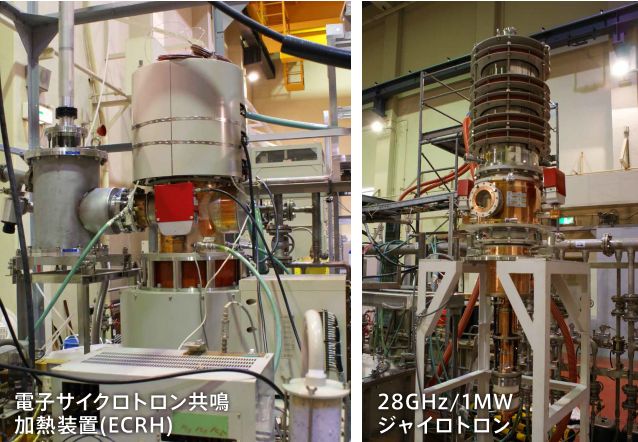
B. [Research and development methods]
Utilizing the knowledge of the University of Tsukuba:
It was redesigned with reference to the University of Tsukuba’s ‘low frequency gyrotron knowledge’.
1. Mirror inside low frequency gyrotron
A mirror that outputs a beam from the gyrotron body.
The mirror installed inside the gyrotron has been made larger.
2. Mirror in MOU
A mirror that transmits the beam generated by the gyrotron body to the core plasma.
The mirror of the quasi-optical coupler (MOU) that guides the waveguide has been made larger.
3. Reduce the distance between mirrors
The system has been redesigned to bring the distance between the two mirrors closer.
Make the mirrors larger to minimize transmission losses for diverging beams.
Reducing the distance between mirrors reduces transmission losses and discharges.
4. Redesign/performance testing
A number of performance tests were conducted in preparation for the operation of the low-frequency gyrotron itself.
We reviewed the high voltage power supply and superconducting magnets for magnetic field formation necessary for beam generation.

C. [Results of research and development]
1. Performance test of low frequency gyrotron:
At a low frequency of 35GHz, it achieved 1MW class output (930kW in dummy load measurement) for 3 seconds.
2. Solving the problem of high power electromagnetic beam divergence:
In the relatively low frequency region of 35 GHz, we achieved output in the MW class at the second level.
This has the potential to make a major contribution to the development of small fusion reactors.
3. Confirming high performance (reproducibility and stability):
High performance was confirmed in terms of reproducibility and stability.
Out of a total of 20 outputs, 19 were successful in outputting equivalent numbers.
Equivalent values were confirmed even after 10 consecutive outputs, and highly reliable results were obtained.
![]()
UKAEA -MAST Upgrade
This low frequency gyrotron will be delivered to UKAEA in the future.
It will be used in MAST Upgrade, Oxford’s spherical tokamak device.
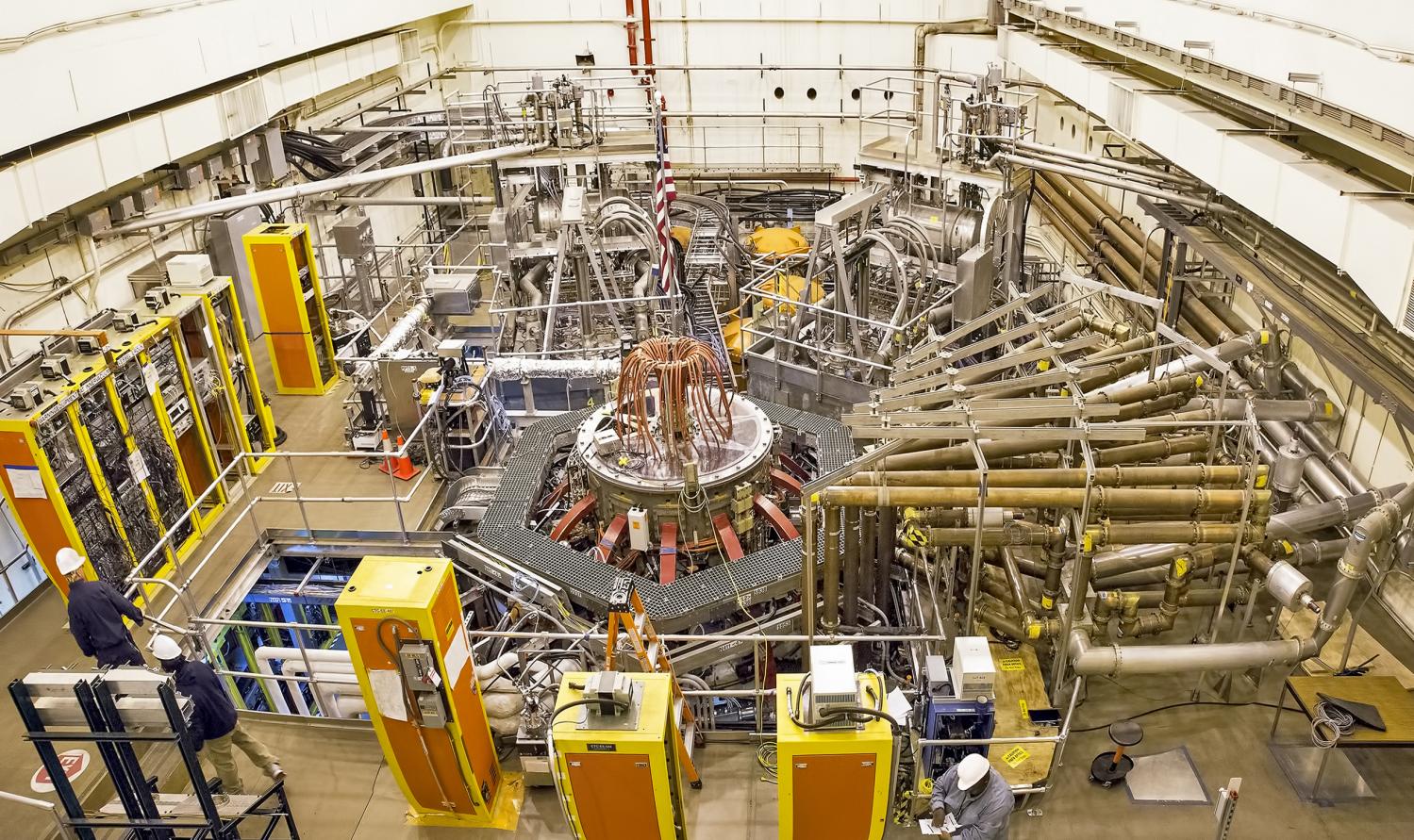
STEP (Spherical Tokamak for Energy Production)
Japan will contribute to UKAEA’s fusion plant development program STEP (Spherical Tokamak for Energy Production).

This research project:
It was conducted based on the following joint research.
Joint research between NIFS and KF
Research on long pulse of high power gyrotron
Joint research between University of Tsukuba and KF
Research on long pulse length of low frequency domain gyrotron, etc.
Japan Society for the Promotion of Science Grants-in-Aid for Scientific Research
Development of fuel ion diagnosis system in fusion plasma using millimeter wave scattering measurement (19KK0073)